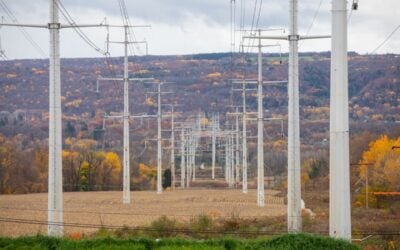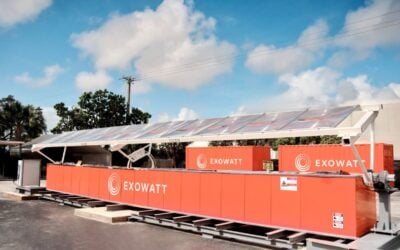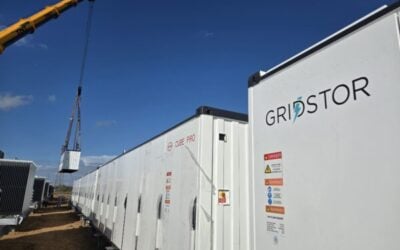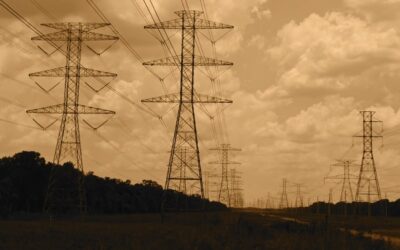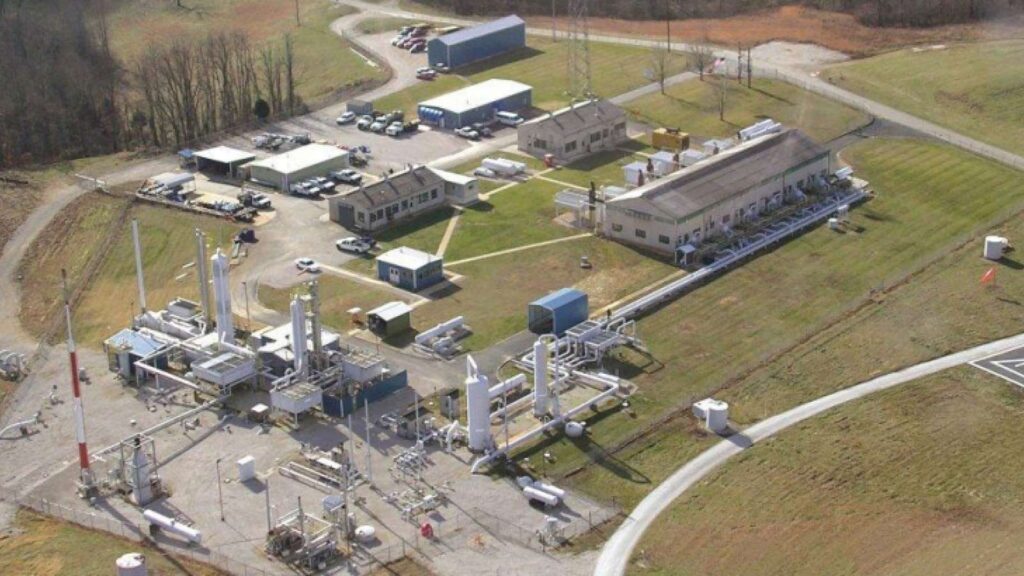
Louisville Gas and Electric Company (LG&E) and Kentucky Utilities Company (KU) are proposing to build two 645MW natural gas stations and a 400MW battery energy storage system (BESS).
LG&E and KU requested approval for a Certificate of Convenience and Necessity (CCN) last week (28 February) from the Kentucky Public Service Commission for the natural gas stations and BESS.
LG&E and KU recognised the potential need for additional generation at the E.W. Brown Generating Station in Mercer County, KY in 2023. The companies expect to have Brown 12, the first natural gas unit available in 2030 and the second, Mill Creek 6, available in 2031.
The companies then plan to install 400MW of BESS at the Cane Run Generating Station and a selective catalytic reduction facility to reduce nitrogen oxide (NOx) emissions for Ghent Unit 2. These are expected operational in 2028.
Try Premium for just $1
- Full premium access for the first month at only $1
- Converts to an annual rate after 30 days unless cancelled
- Cancel anytime during the trial period
Premium Benefits
- Expert industry analysis and interviews
- Digital access to PV Tech Power journal
- Exclusive event discounts
Or get the full Premium subscription right away
Or continue reading this article for free
The two utility companies, subsidiaries of US firm PPL Corporation, cited Kentucky’s economic growth and the growth of data centres in the state as reasons for adding the natural gas stations and BESS. The existing grid connection for the gas stations is likely an influence on the placement of the BESS.
Kentucky is part of two power markets, PJM and MISO. In 2024, Aurora Energy Research noted that PJM is home to the largest concentration of data centres globally. In the same year, MISO reported that: “The scale of proposed data centres greatly exceeds that of retail electric customer classes, with future data centres expected to match the energy demand of major U.S. cities.”
In January, it was announced that PowerHouse Data Centers would build a ‘hyperscale’ data centre in Louisville, KY. Independent news outlet The Kentucky Lantern reported at the time: “The eventual electricity demand for the new data centre campus is nearly equivalent to the entire capacity of LG&E and KU coal-fired unit at its E.W. Brown Generating Station.”
LG&E and KU forecast in an integrated resource plan (IRP) that despite forecasted load growth, they will not deploy any new solar PV until 2035 unless solar becomes more “economically competitive,” as reported by our colleagues at PV Tech.
Kentucky is also home to the first pumped hydro energy storage (PHES) project to be built at a former coal mine in the US. In October 2024, it was announced that the project would receive up to US$81 million in funding from the US Department of Energy (DOE).
The state also saw Canadian Solar invest an initial US$384 million into the lithium-ion battery cell and BESS manufacturing factory, which was vacated by metal-hydrogen battery company EnerVenue.
John R. Crockett III, LG&E and KU President and PPL Chief Development Officer said of the announced gas and BESS projects:
“This is an exciting time for Kentucky as the interest in locating new and expanding businesses continues to grow.”
“These investments in our system will allow us to continue serving our customers safely and reliably while meeting our regulatory obligation and the growing economic interest in the commonwealth – all while maintaining affordability.”

